
Alexander Semenov
Why is Snow Glowing in the Arctic?
Faint blue lights were spotted throughout the snow in the Russian Arctic during the holiday season. What causes this natural phenomenon?
New Year’s and the holiday season are filled with twinkling lights, tinsel, and fireworks. But this December in a remote part of the Russian Arctic, scientists stumbled upon another type of glowing light, this time in the snow.
In the first documented sighting of its kind, scientists, led by microbiologist Vera Emelianenko observed faint blue lights glowing in the powdery white snow while working in the Arctic off the coast of the White Sea. After collecting a sample and studying it under a microscope, he concluded the culprits were Metridia longa, a species of copepod.

Alexander Semenov
Copepods are type of tiny crustacean.
‘They were like blue Christmas lights in the snow,’ Emelianenko said.
The copepods were likely caught in a strong current in the White Sea that washed them ashore into the snow.
The glowing phenomenon is caused by a natural process called bioluminescence. Light is created when luciferin, which copepods carry, mixes with oxygen creating a chemical reaction. Metridia longa have glands on their heads and body which secrete their incandescence.

Alexander Semenov
Glowing copepods seen in the snow near the research site.
'They'll shoot out those two molecules at the same time and form a little puff of light in the water,” said marine biologist, Steven Haddock, who studies deep-sea zooplankton, and was not involved with the study.
The copepods are thought to be alive because they can survive in freezing cold temperatures.









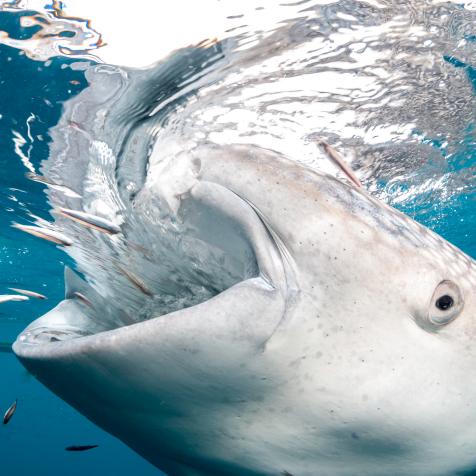
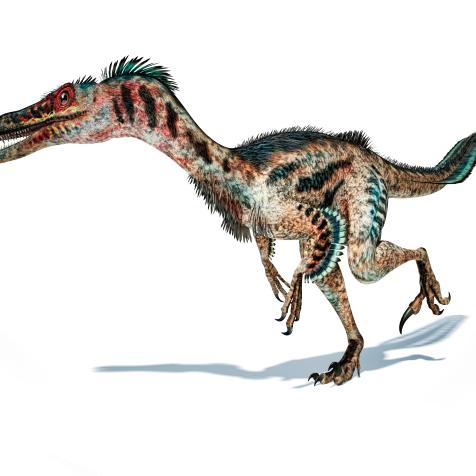
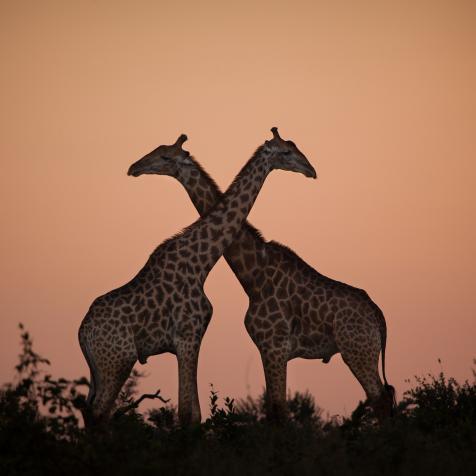
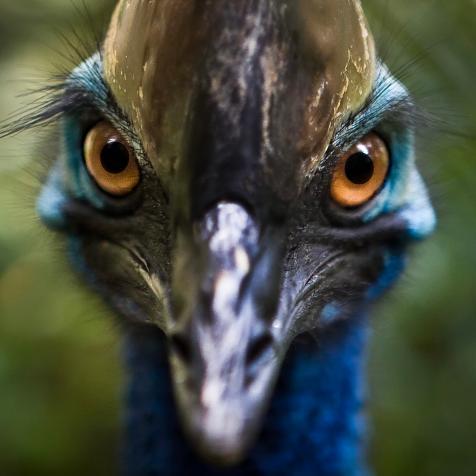


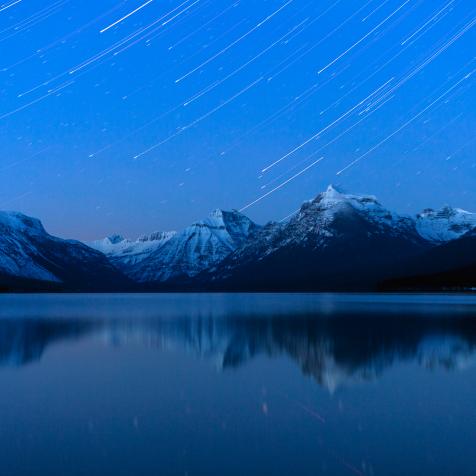


.jpg.rend.hgtvcom.476.476.suffix/1567785339053.jpeg)